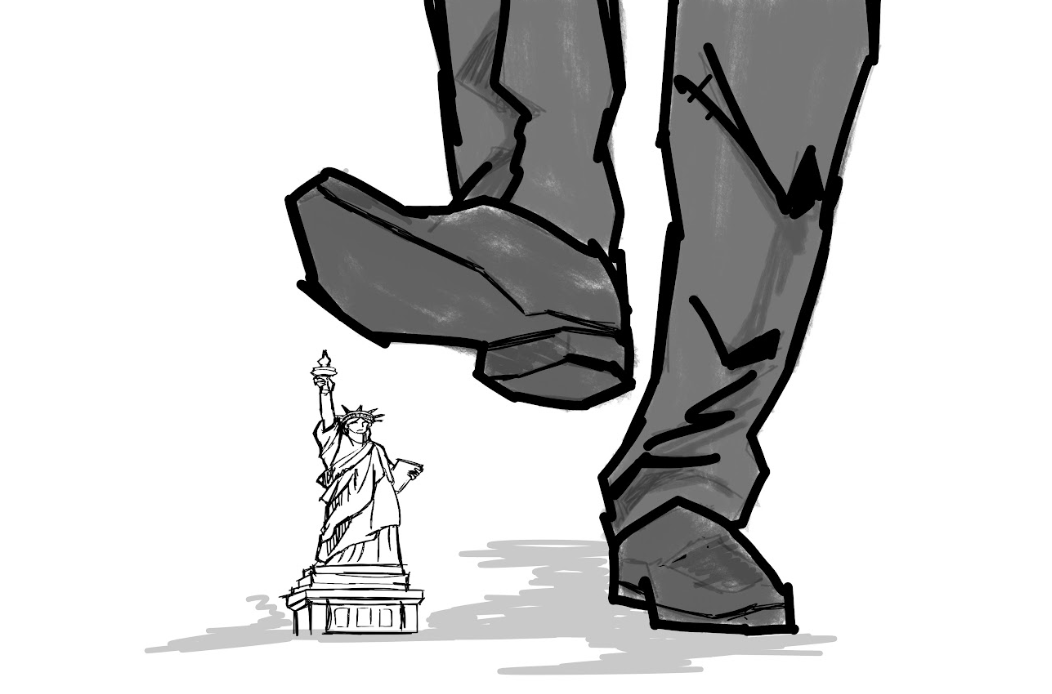On March 24, 2015, UTSA partnered with the San Antonio Express-News and Time Warner Cable to host a San Antonio Mayoral debate at the Main Campus.
Despite the debate’s convenient on-campus location and its being hosted by UTSA’s Student Government Association, Alumni Association and College of Public Policy, the event failed to garner much attention from the demographic that was most directly available — students.
The debate’s academic forum was not unprecedented.
Since the start of their campaigns, the 2015 San Antonio mayoral candidates have visited a number of local schools, including San Antonio College and Hector Garcia Middle School. Establishing a presence in local education and appealing to young adult voters no doubt motivates the direction of mayoral campaigns. Students, however, did not seem invested in the topics, and the candidates did not address issues relevant to the students.
The university advertised the event well on campus and on its social media feeds. Prior to the debate, UTSA used its social media presence to encourage student participation. While the Twitter hashtag #UTSADebate trended locally during the event, the actual on-campus event remained poorly attended.
Perhaps UTSA students are justified in their lackluster participation and general display of uninterest in mayoral politics. While the candidates spoke indepth on topics of gentrification, task-force safety and neighborhood preservation, answers to questions that specifically pertain to students as local stakeholders — such as the state of the Uber and Lyft debacle and scholarships for low-income students — were given cursory responses.
Arguably, the topics of voter engagement, brain drain, gun control and transportation, which were discussed briefly at the debate, remain relevant to students as to other local voters.
The lack of participation in mayoral elections isn’t isolated to UTSA students. In the 2013 general local election, only 7.61 percent of San Antonio voters came out to the polls. Incumbent candidate Julian Castro won with over 29,000 votes. With a student population of almost 29,000, UTSA is teeming with potential voters for candidates. Increasing the participation of young-adult student voters on election day warrants a two-fold solution — students must accept responsibility as local stakeholders, and candidates must address issues significant to a university student population.













